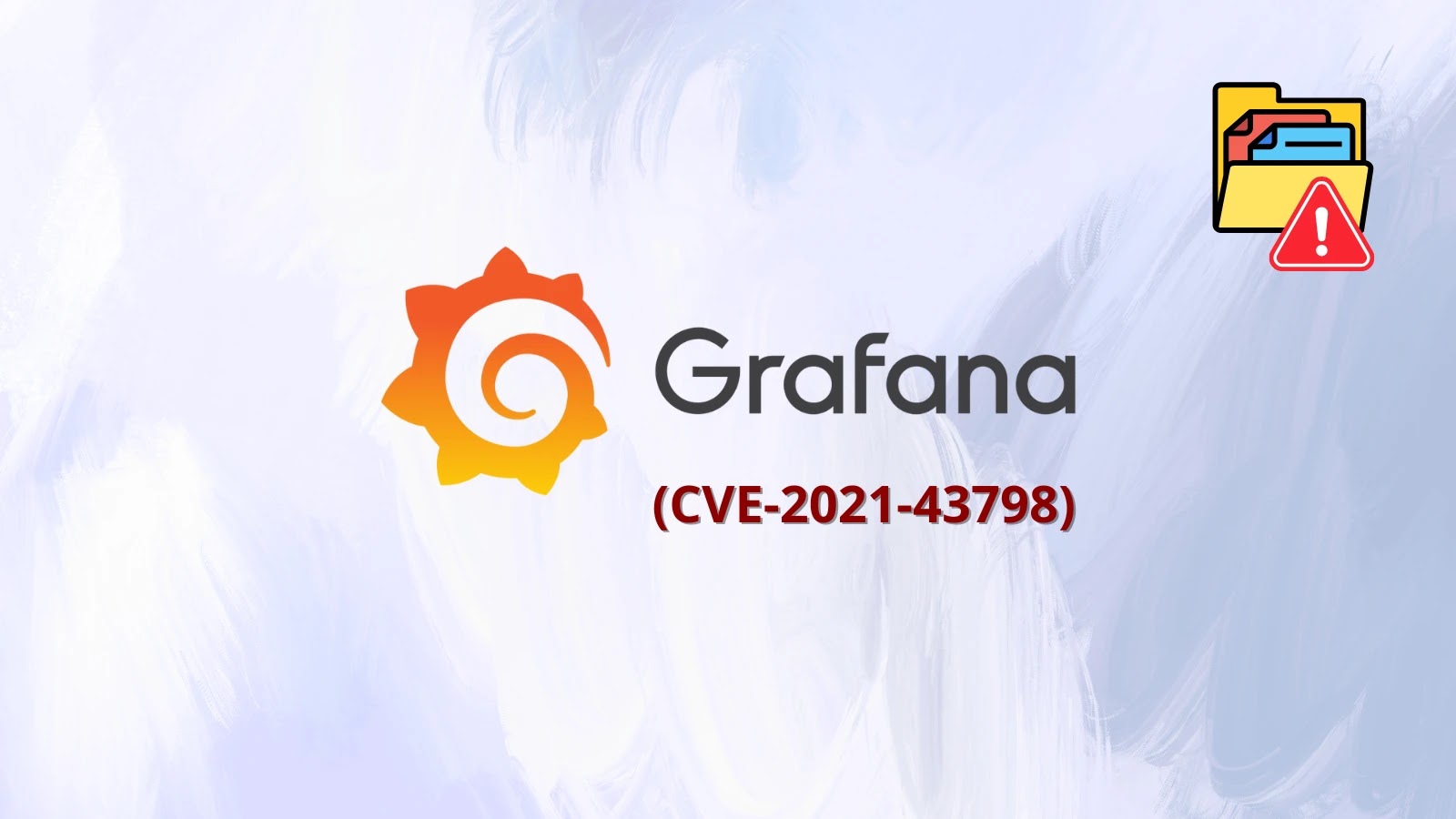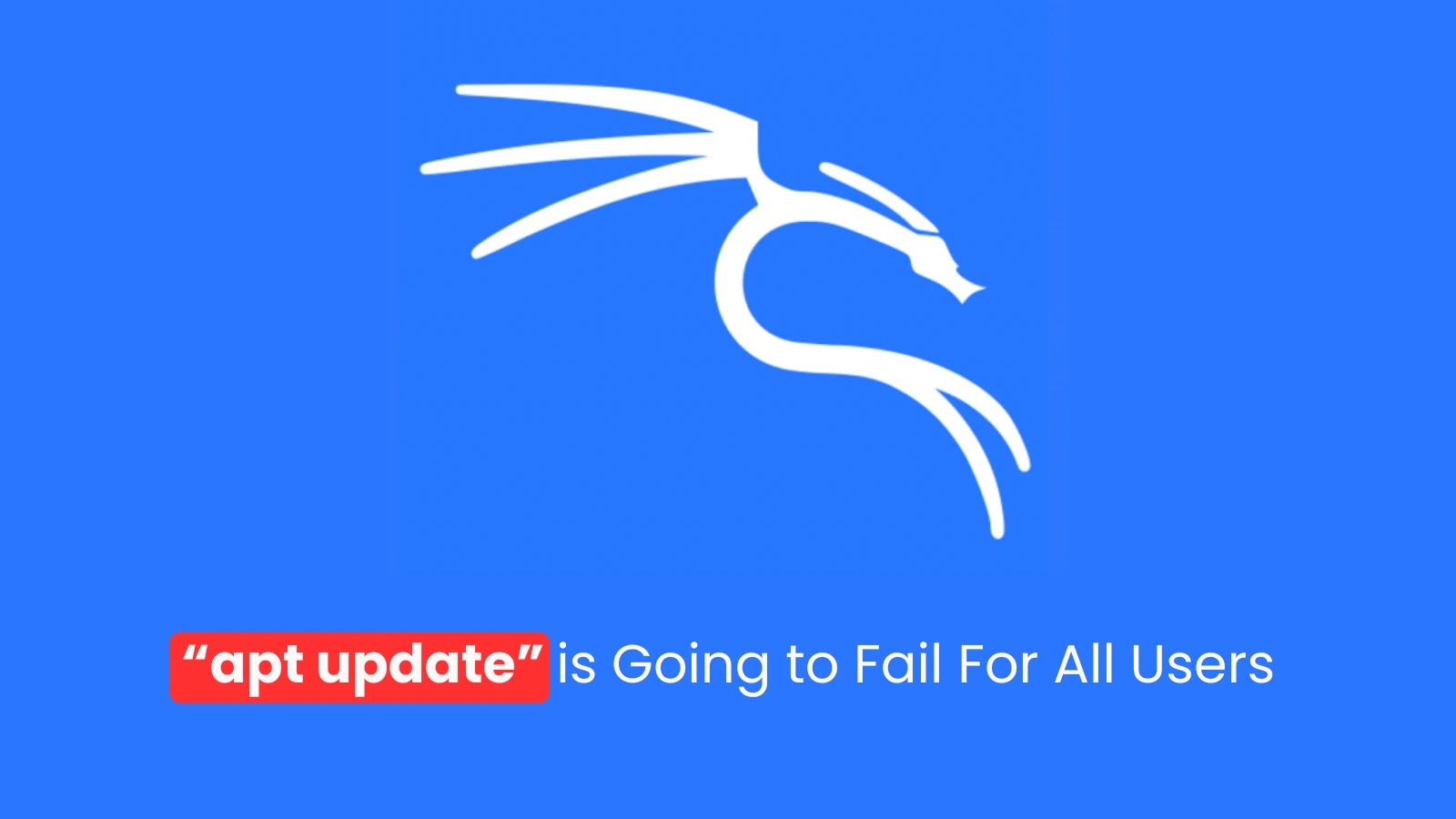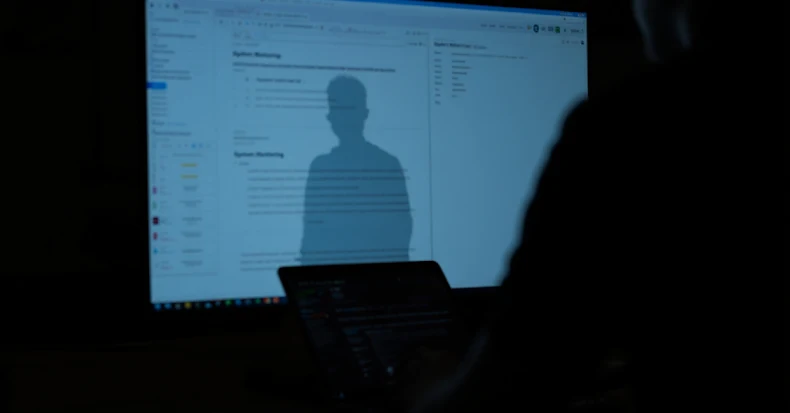On September 28, 2025, security researchers at GreyNoise identified a significant surge in attempts to exploit a known vulnerability in Grafana, the widely used open-source analytics and visualization platform. The vulnerability in question, designated as CVE-2021-43798, is a path traversal flaw that allows unauthorized users to read arbitrary files on unpatched Grafana instances. This resurgence underscores the persistent threat posed by previously identified vulnerabilities, especially when they remain unpatched.
Details of the Exploitation Attempts
The exploitation activity observed on September 28 was notable for its scale and coordination. GreyNoise reported that 110 unique IP addresses engaged in probing activities targeting Grafana instances. These IPs were classified as adversarial, indicating malicious intent. The geographic distribution of these attacks was particularly striking:
– Source of Attacks: A significant majority of the malicious IPs originated from Bangladesh, accounting for 107 of the 110 addresses. The remaining three were traced back to China (two IPs) and Germany (one IP).
– Targeted Regions: The attacks were predominantly aimed at the United States, with 105 instances targeting U.S.-based endpoints. Additionally, there was one attack each directed at Slovakia and Taiwan.
The uniformity in the geographic targeting ratio suggests a coordinated effort, possibly orchestrated by a centralized entity or group. Furthermore, the convergence of tooling fingerprints—such as consistent TLS JA3 hashes and User-Agent strings—indicates the use of shared or standardized attack kits.
Technical Analysis of the Exploit
The attackers employed classic path traversal techniques to exploit the vulnerability. By crafting specific URL payloads, they attempted to access sensitive files on the targeted Grafana instances. A typical payload used in these attempts followed this pattern:
“`
http://[target]/public/plugins/alertlist/../../../../../../../../../../etc/passwd
“`
In this example, the sequence of ../ is used to traverse directories, aiming to access the /etc/passwd file—a common target that contains user account information. If successful, such exploitation could grant attackers access to critical system files, configuration settings, and credentials, potentially leading to further system compromise.
Historical Context and Implications
This is not the first time Grafana has been targeted due to vulnerabilities. In 2021, the same path traversal flaw (CVE-2021-43798) was actively exploited, allowing attackers to access restricted files outside the intended directories. Despite patches being released, the recurrence of such exploitation attempts highlights several critical issues:
1. Persistent Threat of Unpatched Systems: Organizations that fail to apply security updates remain vulnerable to known exploits, making them prime targets for attackers.
2. Evolution of Attack Strategies: Attackers continually refine their methods, often revisiting older vulnerabilities with new techniques or in coordinated campaigns, as seen in the recent surge of exploitation attempts.
3. Importance of Continuous Monitoring: The rapid deployment of attacks from newly observed IP addresses suggests the use of disposable infrastructure, complicating traditional defense mechanisms.
Recommended Mitigation Strategies
To protect against such exploitation attempts, organizations should implement the following measures:
1. Immediate Patching: Ensure that all Grafana instances are updated to the latest versions that address CVE-2021-43798. Regularly check for and apply security patches to mitigate known vulnerabilities.
2. Log Analysis: Regularly inspect web server logs for unauthorized traversal requests. Identifying and analyzing such patterns can provide early indicators of exploitation attempts.
3. Access Controls: Restrict access to Grafana instances by implementing robust authentication mechanisms and limiting exposure to the internet.
4. Network Monitoring: Deploy intrusion detection systems (IDS) to monitor for suspicious activities, such as repeated access attempts from unknown IP addresses.
5. IP Blocking: Block the 110 malicious IPs identified in the recent attacks. Additionally, consider implementing dynamic IP blocklists that incorporate JA3/JA4 signature support to detect and block malicious traffic effectively.
6. User Education: Educate system administrators and users about the importance of applying updates and recognizing potential security threats.
Conclusion
The recent coordinated exploitation attempts targeting Grafana’s path traversal vulnerability serve as a stark reminder of the importance of proactive cybersecurity measures. Organizations must remain vigilant, ensuring that systems are regularly updated and monitored to defend against both new and recurring threats. By adopting a comprehensive security posture that includes timely patching, continuous monitoring, and user education, organizations can significantly reduce their risk exposure and enhance their overall cybersecurity resilience.


